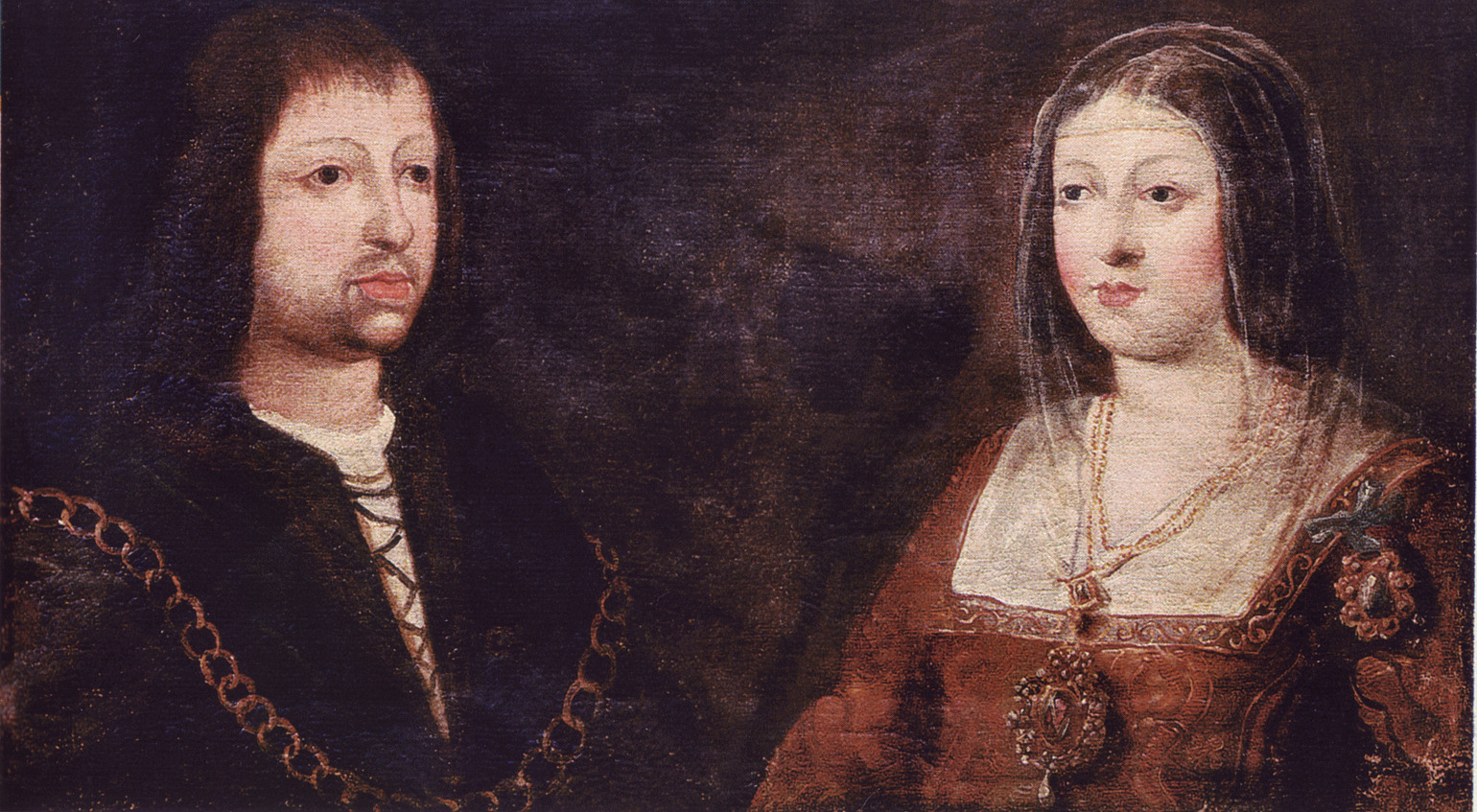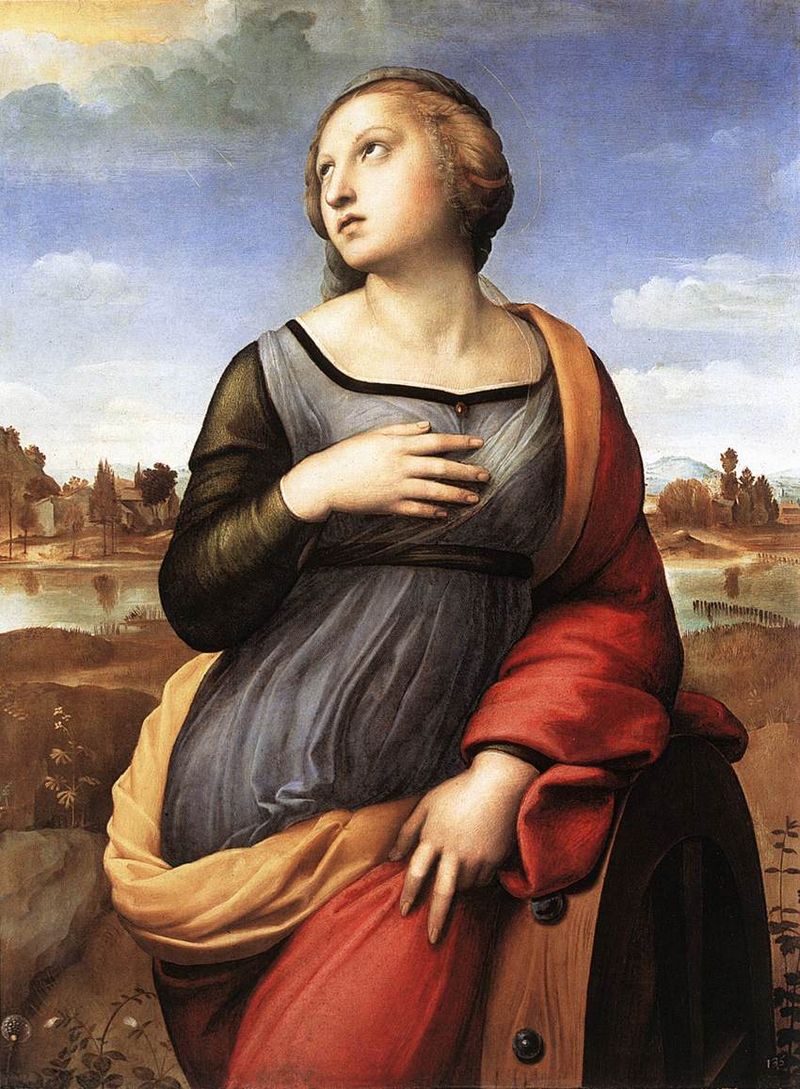The end of the 15th century brought the age of discovery and Spain’s conquest of the Aztec and Inca empires. The unusual thing about this conquest was that the Inca, as well as the Aztec empires, were very sophisticated. The Inca had an empire-wide road system and had eradicated hunger, something very few nations have ever been able to do. They had advanced mathematics and impressive feats of architecture. Though with their advancements, the Aztec and the Incan people participated in human sacrifice. When the great Incan temple was built it was celebrated with the sacrifice of 20,000 people. But still, how could empires as great as the Aztecs and Incas fall by only 180 or 200 Spaniards? One reason is probably that the Inca had no horses or guns so going into battle with an enemy wielding these foreign things was probably startling, but the biggest reason seems to be that the Inca had no individual freedom. The emperor was their ruler and their god and every Inca had been told that they were just one atom in a part of the big collective whole. When their emperor was captured the Inca did not know what to do since their entire lives they had been told that they could only follow orders. This seems to be the reason the Inca empire fell with an invading army of 180 Spaniards. The Spaniards had individual thought and the Inca did not.
A myth about the Medieval ages that many people have is that in Medieval times people thought the earth was flat and that one of the reasons people did not originally support Columbus was that they thought he would sail off the edge of the earth. This is entirely false, no one in Medieval times thought the earth was flat. The reason people did not originally support Columbus was that he had grossly miscalculated the circumference of the earth and if he had not found North America he would have starved before he reached Asia. The flat earth myth came about in the 18th century with people wanting a reason to believe that the Medieval Christians were dumb and stupid. They found an obscure heretic named Lactantius and a 6th century navigator named Cosmas Indicopleustes who made a model of the earth as flat even though he knew it was round. No one in Medieval times knew of these people but scientists in the 18th century wanted some excuse to believe this. After this Washington Irvine repeated the myth in his book, A History of the Life and Voyages of Christopher Columbus, so as to make Columbus seem more heroic. All modern day historians agree that Medieval people didn’t think the earth was flat but you can still see school text books perpetuating the myth and even some scientists as well.







